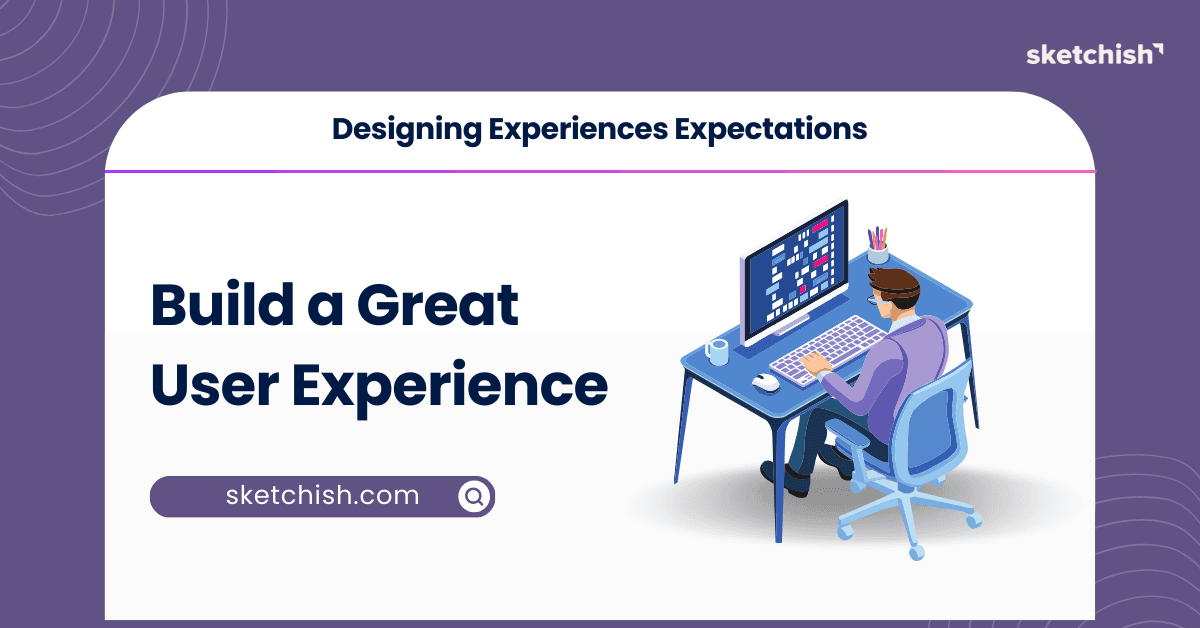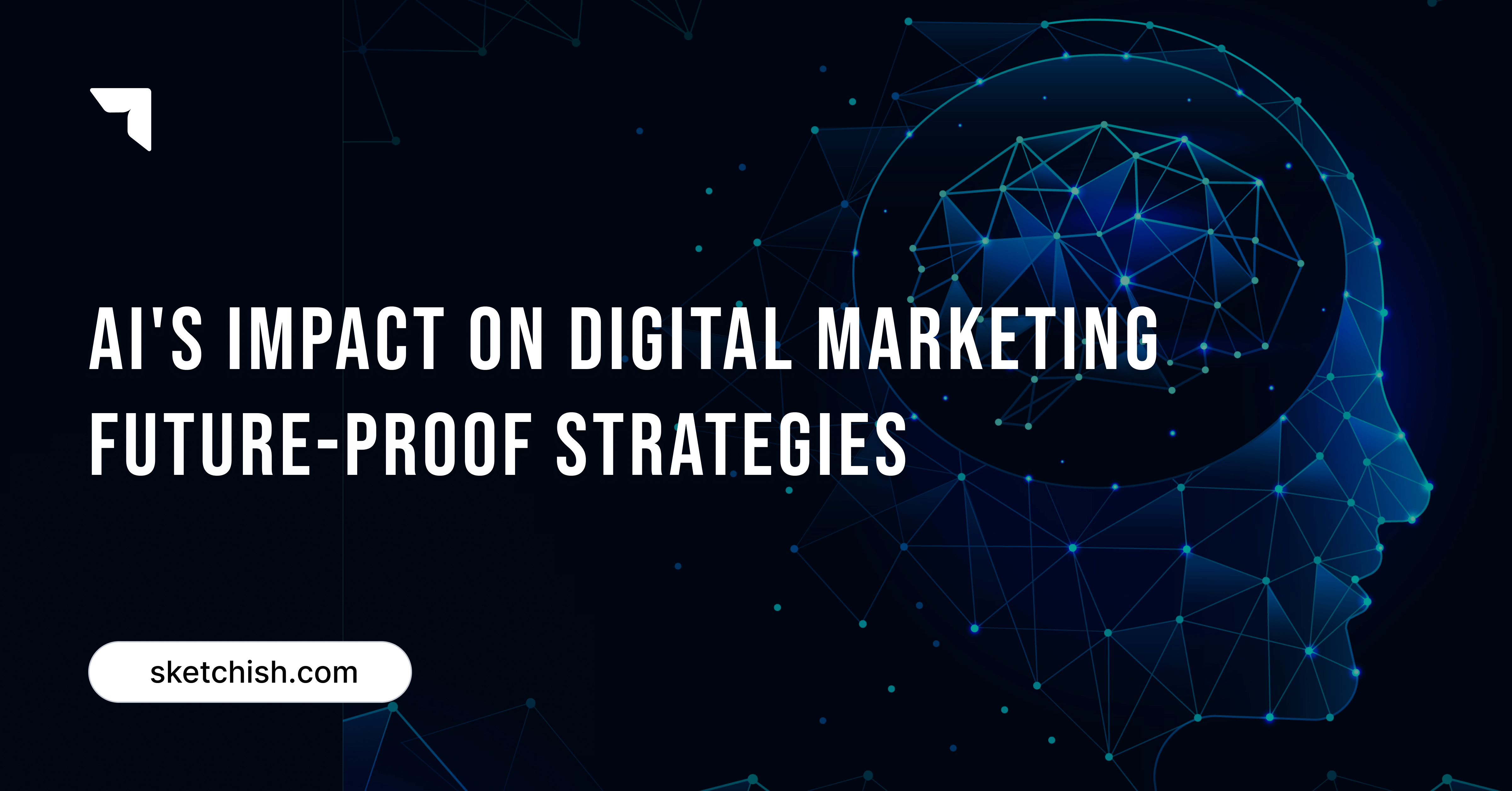Summary by AI ✦
At the end of the day, the ultimate goal of designing experiences is to delight the user. It’s about creating moments that make them smile, that make their lives easier, and that make them feel valued. When expectations are met and exceeded, users come back, bringing with them loyalty and trust.
Designing experiences is an art and a science. It’s about understanding, innovating, and constantly refining to meet and surpass user expectations. When done right, it creates a lasting impact that resonates deeply with users, turning everyday interactions into great experiences.
What are Designing Experiences Expectations?
Designing experiences expectations is all about creating interactions that are not only functional but also delightful and memorable. When we talk about “Designing Experiences Expectations,” we’re diving into the art and science of understanding what users anticipate and how to exceed those anticipations.
Designing experiences is the process of creating meaningful and memorable interactions that speak to users to meet their needs, desires, and emotions at the forefront of the design.
This involves a deep understanding of the user, the context in which they interact with the product or service, and the emotions that these interactions evoke.
By focusing on a user-centered approach, designers can craft the best experiences that not only meet but exceed user expectations, creating lasting value and satisfaction. This iterative process requires continuous testing, feedback, and refinement to adapt to changing user needs and technological advancements.
Difference between UI/UX Engineering
Importance of Designing Experiences Expectations
Here are key reasons why designing experiences with clear expectations is important for you:
User Satisfaction: Meeting or exceeding user expectations leads to higher satisfaction and loyalty.
Brand Loyalty: Consistently positive experiences build trust and encourage repeat interactions.
Competitive Advantage: Superior user experiences can differentiate your brand from competitors.
Increased Engagement: Well-designed experiences keep users engaged and invested in your product or service.
Positive Word-of-Mouth: Satisfied users are more likely to recommend your brand to others.
Reduced Churn: Meeting user expectations helps in retaining customers and reducing turnover.
Higher Conversion Rates: Clear and enjoyable experiences can lead to higher conversion rates and sales.
Efficient Problem Solving: Understanding user expectations helps in identifying and addressing issues more effectively.
Enhanced Usability: Designing with user expectations in mind improves the overall usability of your product or service.
Emotional Connection: Creating experiences that resonate emotionally with users fosters a deeper connection with your brand.
Impact of Clear Designing Experiences Expectations on User Satisfaction
For UI/UX Design Services, setting clear expectations can help attract and retain clients by ensuring they understand the value and quality of your offerings. This can be effectively communicated through detailed service descriptions, case studies, and transparent pricing.
Reduced Frustration and Misunderstandings
Better Feedback and Continuous Improvement
Increased User Retention
Building Trust and Transparency
Improved User Engagement
Efficient Problem Resolution
Factors Influencing Design Expectations
User expectations in design are shaped by a variety of factors, each playing a key role in how users perceive and interact with a product. Here are some key influences:
1. Past Experiences
Users’ past interactions with similar products set a benchmark. If they’ve had positive experiences, they expect the same or better from new products. Familiarity with certain design patterns or interfaces can lead to expectations of similar usability and functionality in new products.
2. Word of Mouth
Reviews, recommendations and feedback from other users, whether through reviews, social media, or personal recommendations, heavily impacts expectations. Positive word of mouth can raise expectations, while negative feedback can lower them. The opinions of trusted communities or influencers can shape user expectations, especially if these sources are seen as experts or highly credible.
3. Marketing
How a product is marketed significantly influences user expectations. Promises made in advertisements set a standard that users expect the product to meet.The aesthetics and language used in marketing materials can create specific expectations about the product’s quality, usability, and overall experience.
4. Cultural Context
Different cultures have varying expectations regarding design aesthetics, usability, and functionality. Understanding these nuances is crucial for meeting user expectations in diverse markets. Keeping up with local design trends can help in aligning the product with what users are currently expecting and enjoying.
5. Technological Trends
Users expect modern products to incorporate the latest technological advancements. Staying updated with current tech trends can help in meeting these expectations. Ensuring that products are compatible with the latest devices and platforms is essential for meeting user expectations.
6. User Research
Regularly gathering and analyzing user feedback helps in understanding and anticipating user expectations. Conducting usability tests and incorporating user feedback into the engineering design process so that the product meets or exceeds user expectations.
7. Competitive Landscape
Comparing your product with competitors helps in understanding the standard expectations in the market. Offering unique features or superior usability can set your product apart and shape higher user expectations.
By considering these factors, designers can create experiences that not only meet but exceed user expectations, leading to higher satisfaction and loyalty.
The Role of Personalization and Customization in Designing Experiences Expectations
Personalization and customization are very important aspects in meeting and exceeding user expectations, especially in today’s competitive market. Here’s how they contribute:
Personalization in Designing Experience
Personalization involves experiences based on individual user data, preferences, and behaviors. It helps in creating a more engaging and relevant user experience. Here are some key benefits:
Keep User More Engage: Personalized content and recommendations keep users more engaged. For example, Netflix’s recommendation system suggests shows and movies based on your viewing history, making it more likely you’ll find something you enjoy.
Increased Customer Loyalty: When users feel understood and valued, they are more likely to remain loyal to a brand. Personalized emails, offers, and customer service can significantly boost customer retention.
Improved Conversion Rates: Personalized marketing campaigns can lead to higher conversion rates. Tailoring messages to individual preferences increases the likelihood of users taking desired actions, such as making a purchase.
Customization in Designing Experience
Customization allows users to modify products or services to suit their own preferences. This empowers users and their experience. Key benefits include:
User Empowerment: Customization gives users control over their experience. For instance, allowing users to customize their dashboard in a software application can make the tool more useful and enjoyable for them.
Better User Satisfaction: When users can tailor products or services to their needs, they are more likely to be satisfied. This is common in industries like fashion, where customers can design their own clothes or accessories.
Competitive Advantage: Offering customization options can set a brand apart from competitors. It shows a commitment to meeting individual needs and can attract a more diverse customer base.
Combining both strategies can lead to even greater success. For example, an e-commerce site might use personalization to recommend products and customization to allow users to personalize those products. This dual approach can significantly enhance the overall user experience and drive business growth.
8 Top Free Graphic Design Software You Must Know
Handling Unrealistic Designing Expectations
Dealing with unrealistic expectations can be tricky, but here are some tips to help you manage them:
Clearly explain what you can and can’t do from the beginning.
Document everything to avoid misunderstandings later.
If something isn’t possible, explain why in a straightforward way.
Help users understand the reasons behind the limitations.
Teach users about the processes, timelines, and resources involved.
Show examples of realistic outcomes to set the right expectations.
If the original request is unrealistic, propose achievable alternatives.
Explain the advantages of the alternatives you suggest.
Handle the situation professionally, even if the user is upset.
Acknowledge their feelings and show you care about finding a solution.
Make sure expectations stay aligned as the project progresses.
Be open to adjusting plans if needed.
Use feedback to improve your communication and processes.
Make changes to prevent similar issues in the future.
By using these strategies, you can manage unrealistic expectations effectively and maintain positive relationships with your users.
Real-World Examples of Exceptional Experience Design
Tesla: The touchscreen interface in Tesla vehicles provides a futuristic and user-friendly experience. It integrates various controls and features into a single, easy-to-use interface.
Uber: The app’s simple interface allows users to book rides quickly and track their driver’s location in real-time. It also provides fare estimates and multiple payment options, enhancing the overall user experience.
Airbnb: Their booking experience is user-friendly and intuitive. The homepage addresses common pain points for travelers, offering popular destinations and easy booking options.
Netflix: Known for its autoplay features, Netflix enhances user engagement by automatically playing the next episode or trailers, making it easier for users to decide what to watch next.
Revolut: This fintech app offers a highly personalized user experience, allowing users to customize their virtual cards and interface, making financial management more engaging.
These examples highlight the importance of understanding user needs and creating designs that are not only functional but also give delightful and engaging experiences to users.
Final Words on Designing Experiences Expectations
Creating a great user experience (UX) is essential for any digital product’s success. By focusing on continues product design and user-centric design principles, we can ensure that our products not only meet but exceed user expectations.
Knowing your audience is the foundation of effective UX design. Conduct thorough research to understand their needs, preferences, and pain points. This insight allows you to create truly user-centric solutions.
By adhering to these principles, you can build digital experiences that are not only functional but also delightful, driving user satisfaction and business success.
FAQs on Designing Experiences Expectations
What is experience design?
Experience design (XD) focuses on creating products, systems, or services that provide meaningful and enjoyable experiences for users. It involves understanding user needs, desires, and behaviors to design solutions that meet or exceed their expectations.
Why is user research important in experience design?
User research helps designers understand the target audience’s needs, preferences, and pain points. This information is much needed for creating user-centric designs that are both functional and delightful.
How can I know If my design meets user expectations?
To meet user expectations, conduct thorough user research, create user personas, and develop user journey maps. Regularly test your designs with real users and gather feedback to make necessary improvements.
What role does consistency play in experience design?
Consistency in design elements, such as color psychology, fonts, and layouts, helps users feel comfortable and confident while interacting with your product. It gives an engaging user experience by reducing confusion and frustration.
How can I make my design accessible to all users?
To make your design accessible, follow accessibility guidelines (like WCAG), use clear and readable fonts, provide alternative text for images, and ensure your product can be navigated using a keyboard. This inclusivity broadens your audience and their overall user experience.
Share on:



